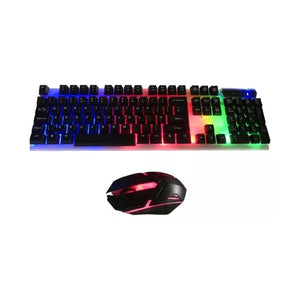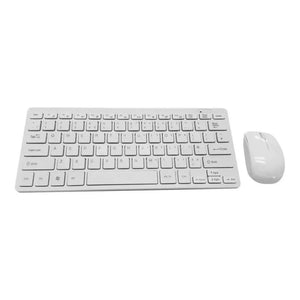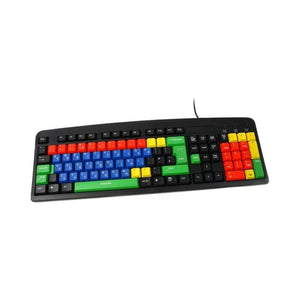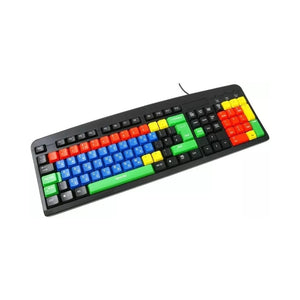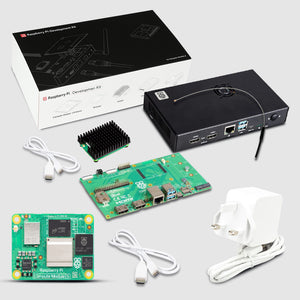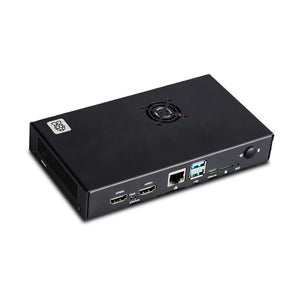PiTalk is the Raspberry Pi based 3G module in which we have developed some Python-based apps. PiTalk is First ever modular and IoT enabled smartphone to be developed on the Raspberry Pi which is Compatible with Raspberry Pi 2/3/3B+/Zero.
In this tutorial, you will learn about the apps of PiTalk. We have developed many apps for PiTalk and you can also develop your apps in Python.
- Home and Menu
-
Home
-
Menu
-
Home
-
Call Screen
Pressing the call Icon on either home screen on the menu screen takes you to this window.
- Disconnect: Disconnects the outgoing call and takes you back to the home screen
- Headphone Mode: Routes the audio to the Headphone Jack.
NOTE: After this selection, the default audio for all functions is routed to the headphone jack -
Speaker Mode: Routes the audio to the connected external speaker.
NOTE: After this selection, the default audio for all functions is routed to the external speaker. The Label displays the current audio mode.
-
Incoming Call
- During an incoming call, the screen switches to the following screen:
- During an incoming call, the screen switches to the following screen:
-
SMS
- Pressing the SMS button in the menu screen brings you to this screen:
-
Create New: This screen lets you send a regular SMS to the recipient number.
-
Inbox: This screen lets you view incoming SMS sent to your SIM Card
Selecting a message from the list above brings you to the following screen, which has the body of the SMS along with the option to reply.
The New SMS indicator is visible across all screens and only goes away if the user has read his unread messages. The unread SMS turns NOTE: white from yellow in the message list. The scrollbar on the right helps navigate the list of received SMS.
-
Delete: Tapping on this button lets you delete all your received SMS from the MODULE or the memory in which the user is storing his SMS while maintaining their copies in Inbox and SMS log. It asks the user for a confirmation before deleting all SMS.
- Pressing the SMS button in the menu screen brings you to this screen:
-
Camera
Tapping the camera Icon on either the home screen or the menu screen brings you to this screen.- Photo Button: This button lets you click photos from your camera attached with the raspberry pi.
- Video Button: This button lets you record videos from your camera attached with the Raspberry Pi.
- Click Button: This button remains disabled unless the camera is connected properly and either one of the modes is selected i.e., photo or video. It lets you click photos in photo mode and lets you record videos in video mode.
- Error Label: This error label pops up on the screen whenever the following scenario happens
- The camera is not enabled in the Raspberry Pi
- The camera is enabled but not connected to the Raspberry Pi
- The camera is connected but the connection is not proper
- Back Button: This button lets you go back to the menu screen. It remains disabled unless the camera is connected.
-
Home Button: This button sends the user back to the home screen.
Note: To use the camera, you need to connect a Pi compatible camera and attach it to the raspberry pi via a SUNNY connector.
-
Internet
This App will help you to access the internet using PiTalk- APN: This entry takes in the APN of your Network Carrier
- Port: This entry takes in the Communication Port assigned to it by the Raspberry Pi. The format is ttyxxx where x is the port assigned to it by the Raspberry Pi.
- Note: It is recommended that the user connects the shield to the Pi along with mounting it over via GPIO pins and writing the port as ‘ttyUSBx’ where x is usually 3. This helps in uninterrupted AT communication of the shield with the GSM module via UART1 and internet is routed via UART2
- Connect Button: This button connects the phone to the internet by taking the values from APN and Port. On a successful connection, it will pop a label with the text ‘Connected’ when the user presses the Status button.
- Disconnect Button: This button allows the user to disconnect from the internet (if connected previously).
- Status Button: This button checks the status of the internet connection. It pops a green 'connected' or a red ‘disconnected’ depending on the connection.
-
Gallery Screen
- Photo Button: Views the photos stored in the memory. The photos are stored in ". /Gallery/Images" where "." Represents the directory in which PiTalk folder is located. It gets disabled when pressed and the error label shows "No Image" if the image folder is empty.
- Video Button: Views the video stored in the memory. The videos are stored in ". /Gallery/Video" where "." Represents the directory in which PiTalk folder is located. It gets disabled when pressed and the error label shows "No Video" if the Video folder is empty.
- Photo Navigation: The navigation buttons help to navigate between different photos, and the photos are shown one at a time. They remain disabled until the user presses the Photo Button and there are images to be displayed.
- Error Label / Image Counter: The error label shows the error mentioned above in case of no photo/video and shows the total Images in the photo section when viewing the photos.
-
Home Button: This button takes the user back to the home screen.
-
Settings Screen
Tapping this icon in the menu screen lets you access the general settings of the PiTalk.-
Screen Orientation
-
Call Settings
- Ring Counter: This counter goes from 0 to 10 and allows the user to set a fixed number of rings before automatically picking up an incoming call
- Call Forward Number: User can type a number here with the help of the dial pad on which he needs his calls to be forwarded. The call forwarding is unconditional i.e., it will forward all calls until disabled. Carrier charges may apply.
- Set Button: This button sets the number of rings displayed on the ring counter as the number of rings after which an incoming call is automatically connected.
- Enable Button: This button enables call forwarding and sets the number displayed on the entry as the default call forwarding destination. Invalid number or incorrect format (as shown) will result in a warning label popping up saying "Incorrect Format"
- Check Button: This button checks the state of call forwarding and it returns the following
- The number to which calls are being forwarded, displayed in the entry box.
- N/A if no number is set or if call forwarding is disabled.
- Disable Button: This button deletes the stored number for call forwarding and disables call forwarding. To enable call forwarding again, the user needs to type in a number and press the enable button.
-
HDMI Mode: Reboot the Raspberry Pi and change the output to HDMI
-
Logs: Logs of all the user’s calls and SMS are stored in "./Logs" where "." Represents the current directory in which PiTalk folders are located. A user can enable/disable or delete his logs with the help of the buttons.
-
Shutdown: Shutdown your PiTalk and Close the GUI
-
Stopwatch Screen
- Play Button: This button starts the stopwatch counter
- Stop Button: This button pauses the stopwatch counter when pressed.
- Reset Button: This button resets the stopwatch counter back to 00:00:00
-
Location: Pressing the "Get Position" button on this screen will display the current latitude and longitude of the shield.
Note: It takes some time to read the coordinates. Please be patient.
-
Calculator: It functions as a regular calculator with symbols representing their usual meaning.
- Audio
- Headphone Mode: This Button routes the audio of the phone towards the headphone Jack
- Speaker Mode: This Button routes the audio of the phone towards speaker Jack
- Volume Slider: This slider lets you set the volume of the speaker output, it goes from 0 to a maximum of 7
- Note: The volume slider and the set button work for speaker mode only
- Set Button: This button sets the volume shown on the slider to the speaker output
-
Sensor: This app helps you to read ADC sensor values
The two buttons “Read ADC0” and “READ ADC1” gives the voltage across the two ADC terminals given on the shield. Sensors can be connected to it.
-
InsidePi Screen
NOTE: This feature doesn’t close Module functionalities such as CALL, SMS or INTERNET
-
Calendar
-
SIM Info Screen
Pressing the Read button brings carrier and IMEI info on screen as follows.
-
Apps
This is a template screen. You can use this screen space to design your app by editing the code. Edit the template code however you want.
-
Screen Orientation
Find out the other product-related to PiTalk (Raspberry Pi 3G module) on our online shop. We are The Maker Community Store and help you to make things intelligent using Raspberry Pi, Micro:Bit, Arduino, robotics, etc.































